What Is the MCP Server? Exploring Token Metrics’ Model Context Protocol API and Integrations

In today’s fast-moving crypto market, one truth has become clear: data is not enough—intelligence is everything. Traders, developers, and crypto-native builders are overwhelmed with fragmented tools, inconsistent APIs, and incompatible formats. That's where the Token Metrics Crypto MCP Server changes the game.
In this article, we’ll explore what the MCP Server is, how Token Metrics MCP services work, and how this innovative platform is integrated with leading tools like OpenAI Agents SDK, Windsurf, Cursor AI, Zapier, QuickNode, and Cline. If you’re building in crypto, this guide will show you how to unify your stack, streamline development, and unlock the full power of AI-powered crypto analytics.
What Is the Token Metrics MCP Server?
The MCP Server stands for Model Context Protocol—a lightweight gateway designed by Token Metrics to solve one of the crypto industry’s most persistent problems: tool fragmentation.
From ChatGPT-style agents to desktop dashboards, IDE assistants, and CLI tools, every crypto developer or trader juggles multiple keys, schemas, and inconsistent API responses. The MCP Server solves this by acting as a single interface that translates requests from any client into one canonical crypto data schema—all while sharing the same API key and authentication.
In Simple Terms:
- Paste your key once.
- Every tool—OpenAI, Claude, Windsurf, Cursor, Cline—gets access to the same data.
- No more rewriting requests, managing multiple schemas, or troubleshooting mismatched results.
Why Use the MCP Server Instead of Separate APIs?
Here’s why Token Metrics MCP is a breakthrough:

This is more than a convenience—it’s a productivity multiplier for any serious crypto developer or trader.
Token Metrics API: Intelligence Beyond Price Charts
At the core of the MCP Server lies the Token Metrics Crypto API—an industry-leading data source used by funds, traders, DAOs, and builders worldwide.
Key Features:
- Trader & Investor Grades: AI-powered indicators that rank tokens based on performance potential.
- Bullish/Bearish Signals: Predictive entries and exits, generated using real-time market conditions.
- Quant Metrics: Sharpe Ratio, Value at Risk, Volatility Scores, and more.
- Support & Resistance Levels: Updated dynamically as markets move.
- AI Sentiment Analysis: Tracks social, on-chain, and momentum signals across narratives.
The API covers 6,000+ tokens across chains, sectors, and market caps—providing both raw and AI-processed data.
MCP Server Integrations: Powering the Future of Autonomous Crypto Tools
Here’s how MCP connects seamlessly with today’s top tools:
1. OpenAI Agents SDK And Token Metrics MCP
OpenAI’s Agents SDK is a new developer-friendly framework for building autonomous AI workflows—like trading bots and research assistants. When integrated with MCP, developers can:
- Build agents that call Token Metrics tools (Trader Grade, Risk Score, Signals)
- Share memory across model calls
- Route responses to dashboards, bots, or UIs
Result: An end-to-end autonomous crypto agent powered by real-time, AI-grade intelligence—without needing a full backend.
2. Windsurf And Token Metrics: Live Dashboards with AI Signals
Windsurf is an automation-first IDE that allows instant deployment of crypto dashboards. Using MCP, Token Metrics powers:
- Real-time signal updates
- Token clustering analysis
- Instant alert systems
- Risk management dashboards
Windsurf helps you turn Token Metrics signals into live, interactive intelligence—without code bloat or lag.
3. Cursor AI And Token Metrics MCP: Prompt-Driven Agent Development
Cursor is an AI-native IDE where you can write trading logic and agents through plain English prompts. Integrated via MCP, developers can:
- Ask: “Build a trading agent using Token Metrics signals.”
- Get: Python scripts powered by real-time API calls.
- Refine: Run backtests, adjust triggers, and redeploy—all in seconds.
Use case: Build a working DeFi trading agent that watches Trader Grade flips, sentiment surges, and cluster breakouts—no manual research needed.
4. Cline (Roo Code) And Token Metrics: Conversational Bot Building
With Cline’s Roo Code extension inside VS Code, you can:
- Summon Token Metrics data by prompt
- Write code to backtest and trade instantly
- Analyze tokens like Hyperliquid using live grades, quant metrics, and AI sentiment
Thanks to MCP, every API call is pre-authenticated, normalized, and accessible in seconds.
MCP for Teams: Research to Execution in One Stack
The real power of MCP comes from its multi-client coordination. Here’s what that looks like in practice:
Step 1: Analyst asks Claude or ChatGPT:
“Show me the top 5 mid-cap AI tokens with rising grades.”
Step 2: Windsurf pulls a live shortlist with price/sentiment charts.
Step 3: Cursor spins up a trading script based on buy signals.
Step 4: Zapier posts a morning update to Telegram and Sheets.
Step 5: Cline runs backtests on yesterday’s performance.
Step 6: Tome updates your weekly investor pitch deck.
All powered by one API key. One schema. One MCP gateway.
Pricing, Tiers, and $TMAI Savings

Final Thoughts: Build Smarter, Trade Smarter
The Token Metrics Crypto MCP Server is more than an API gateway—it’s the backbone of a modern, AI-powered crypto development stack.
If you want to:
- Build a Discord bot that explains Trader Grades
- Deploy a trading strategy that adapts live to the market
- Stream daily index summaries to your Telegram group
- Develop a real-time DeFi dashboard in your IDE
- Let agents summarize token risk for your VC pitch deck
… then you need the MCP Server.
Get Started Now!
✅ Get Your Free API Key
✅ MCP Client Setup Instructions
✅ Join the Token Metrics Dev Telegram
✅ Browse the MCP GitHub
The future of crypto intelligence is here—and it’s multi-client, AI-powered, and real-time.
Create Your Free Token Metrics Account

.png)




%201.svg)
%201.svg)


%201.svg)



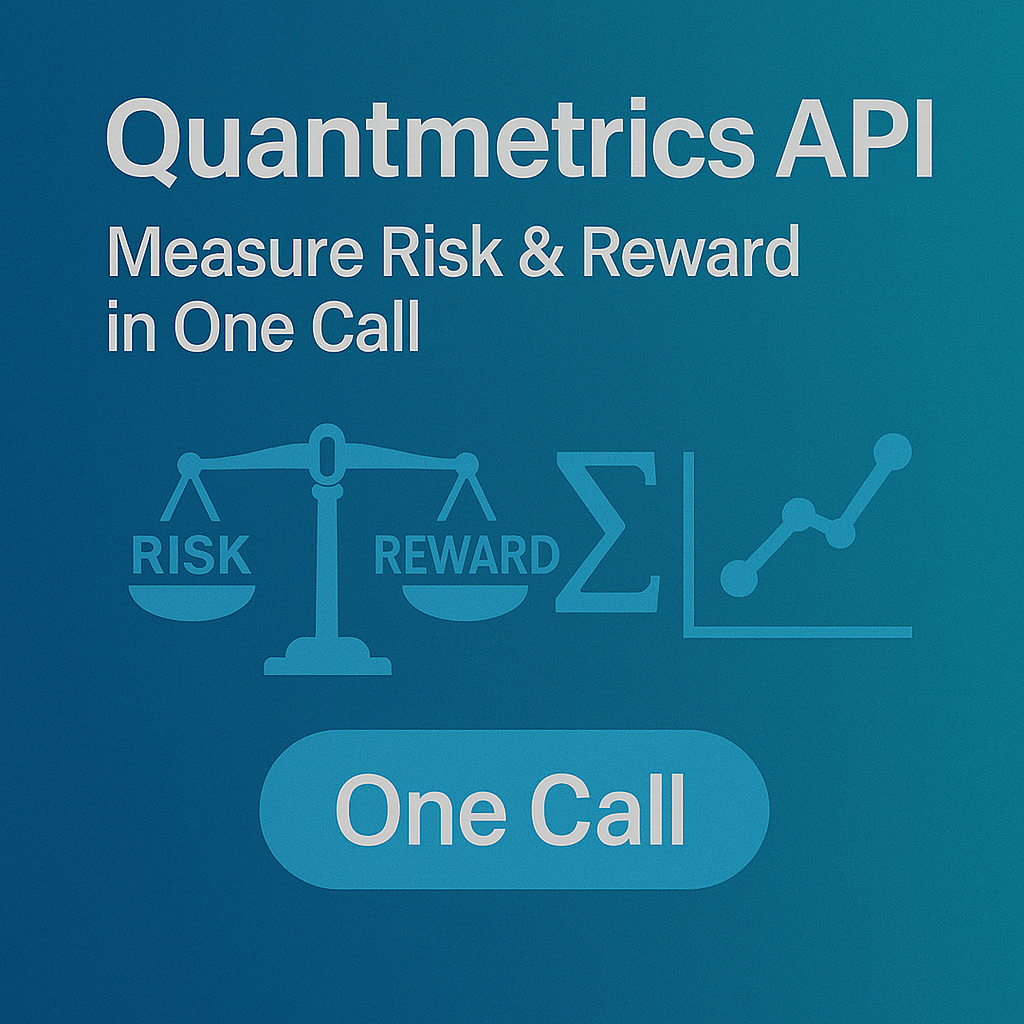
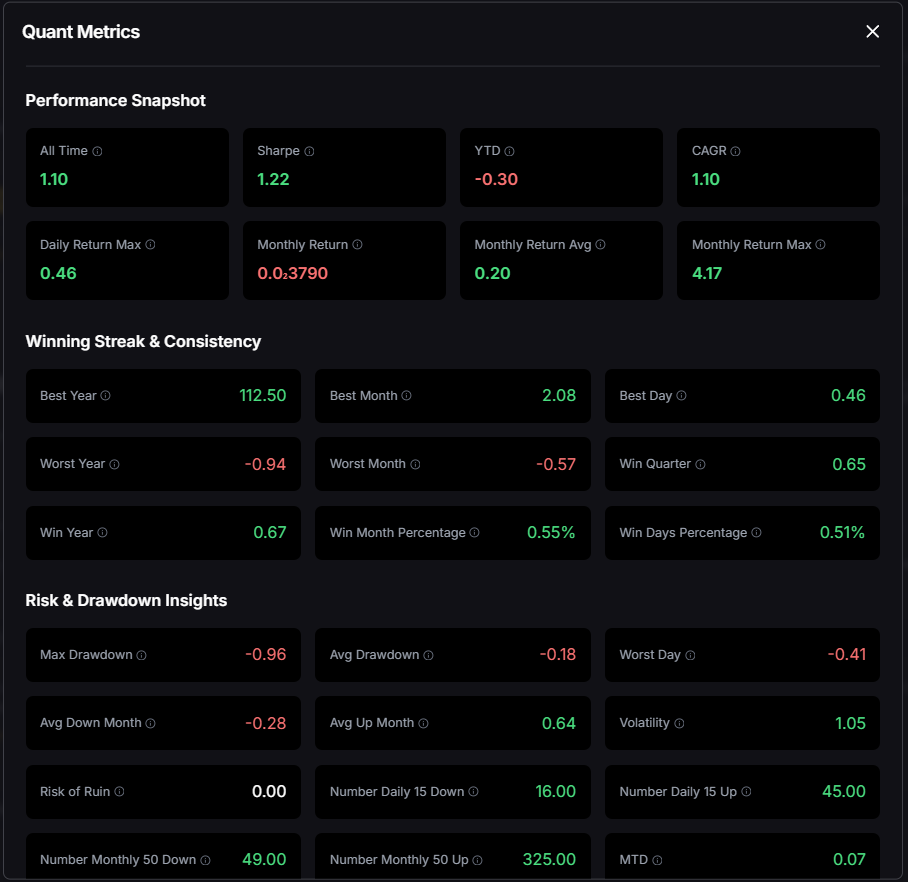
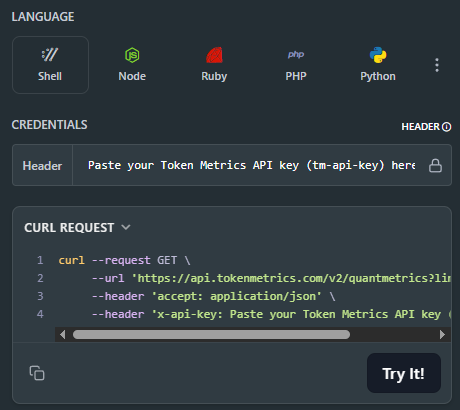
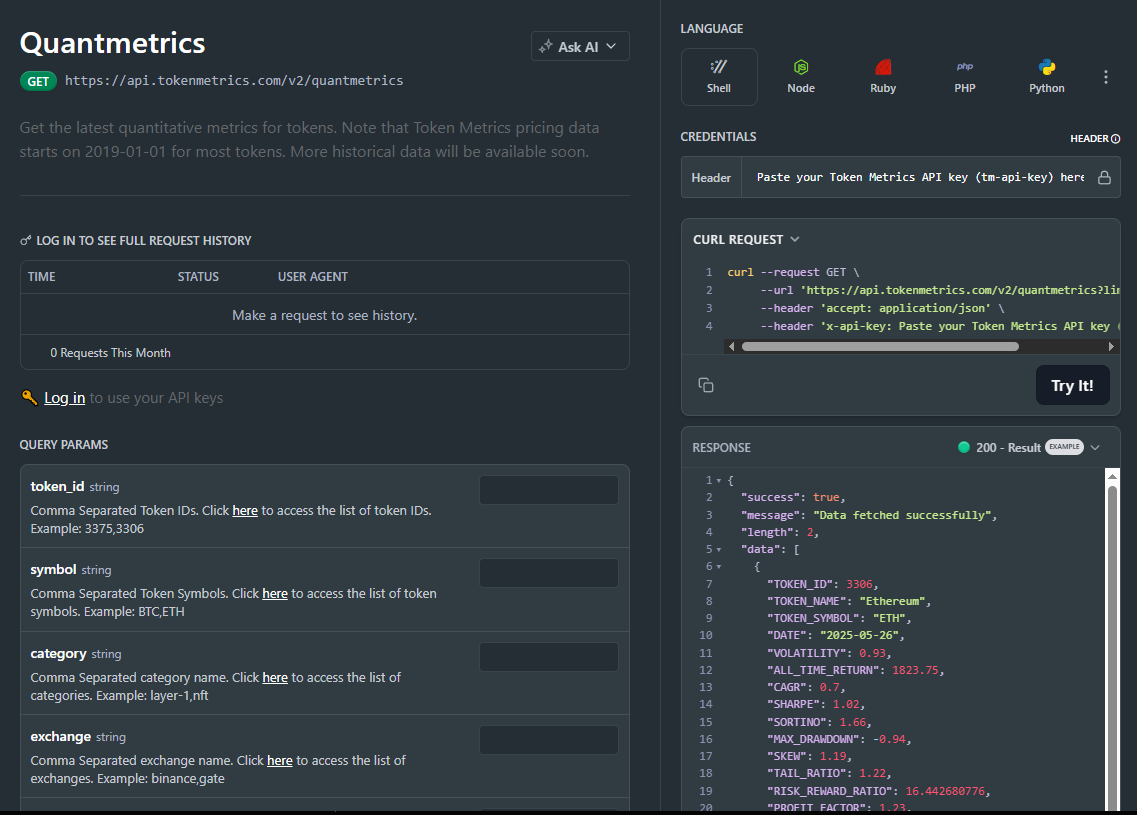
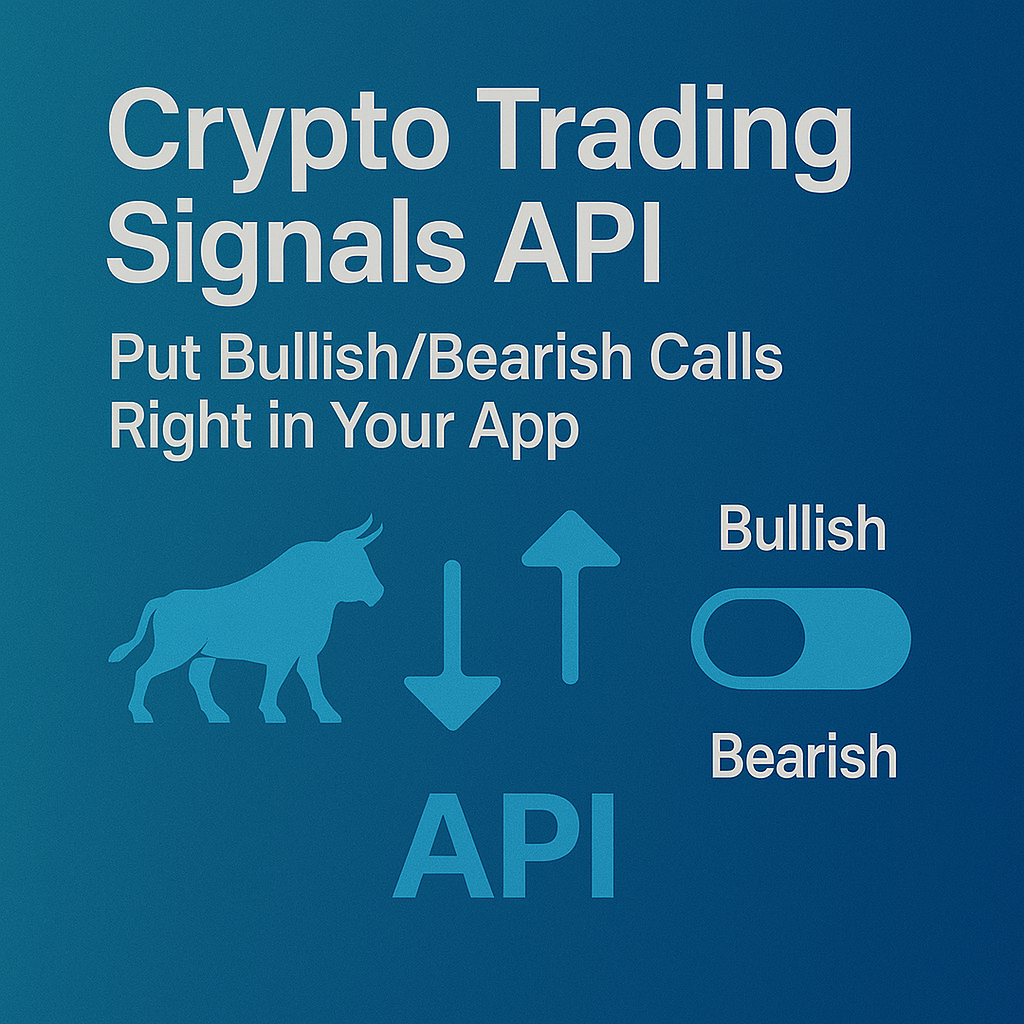
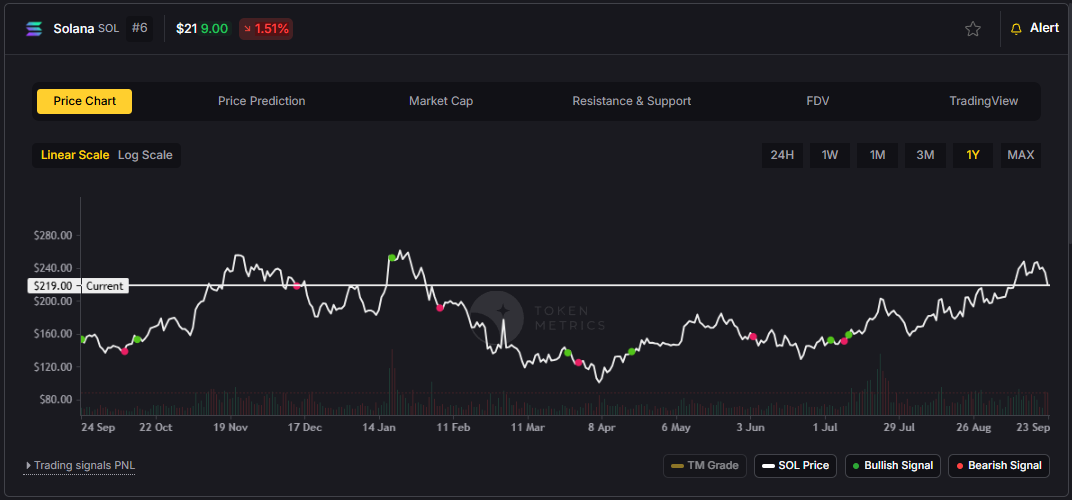
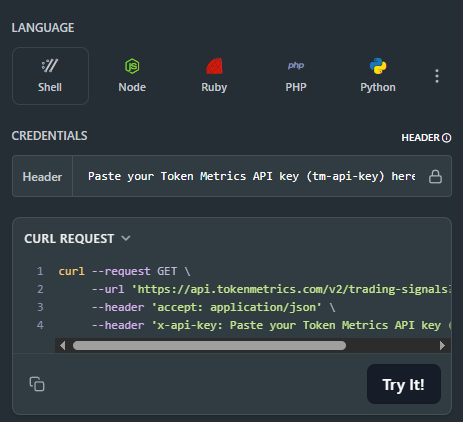
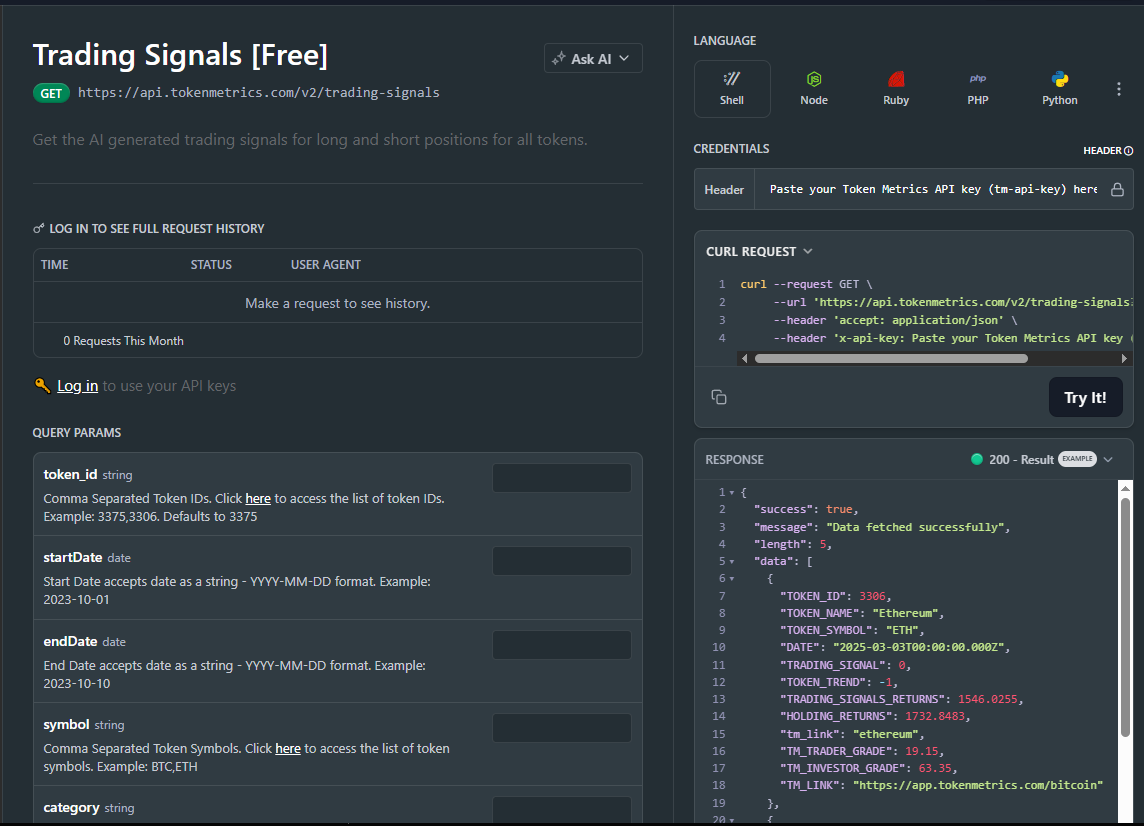
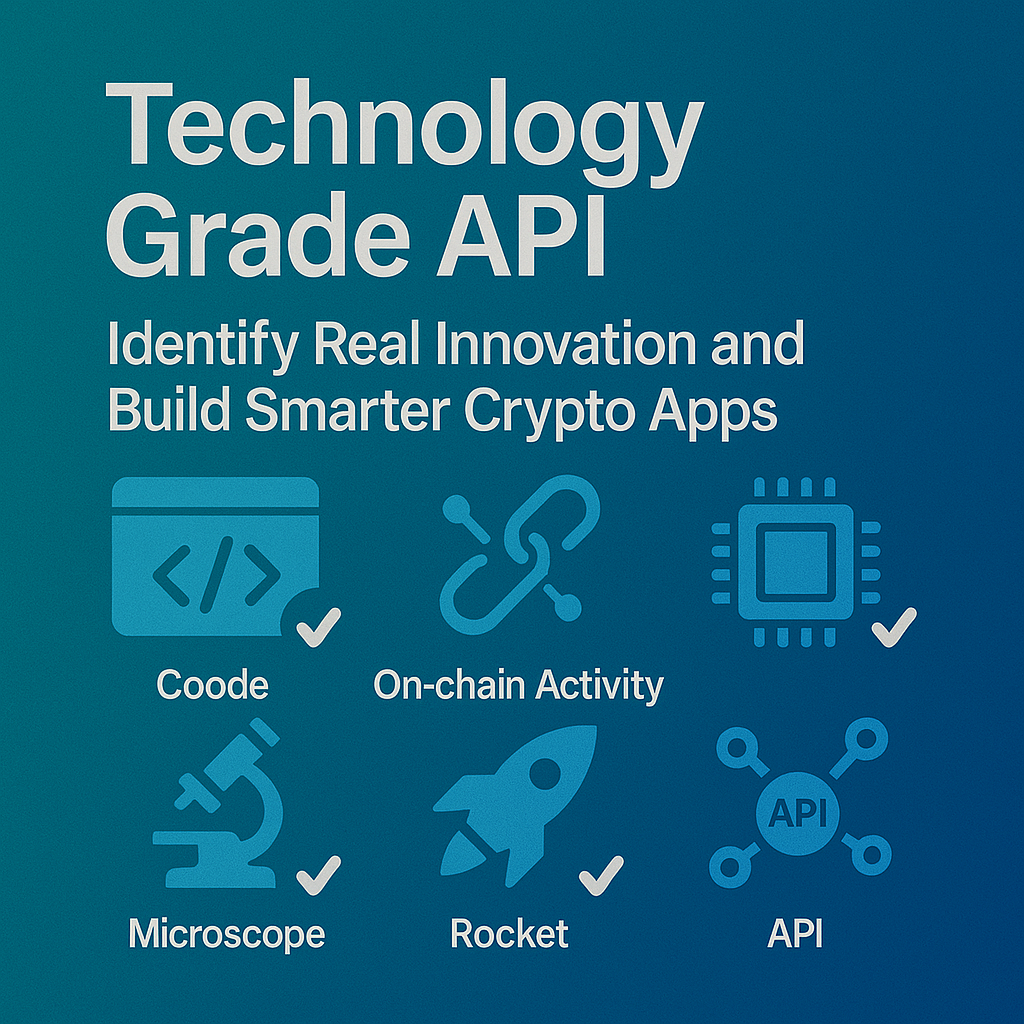
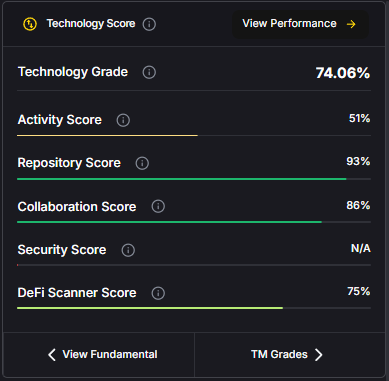
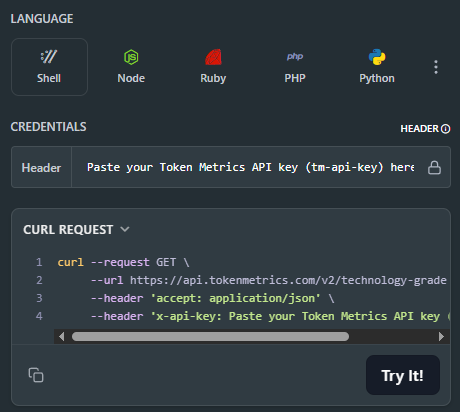
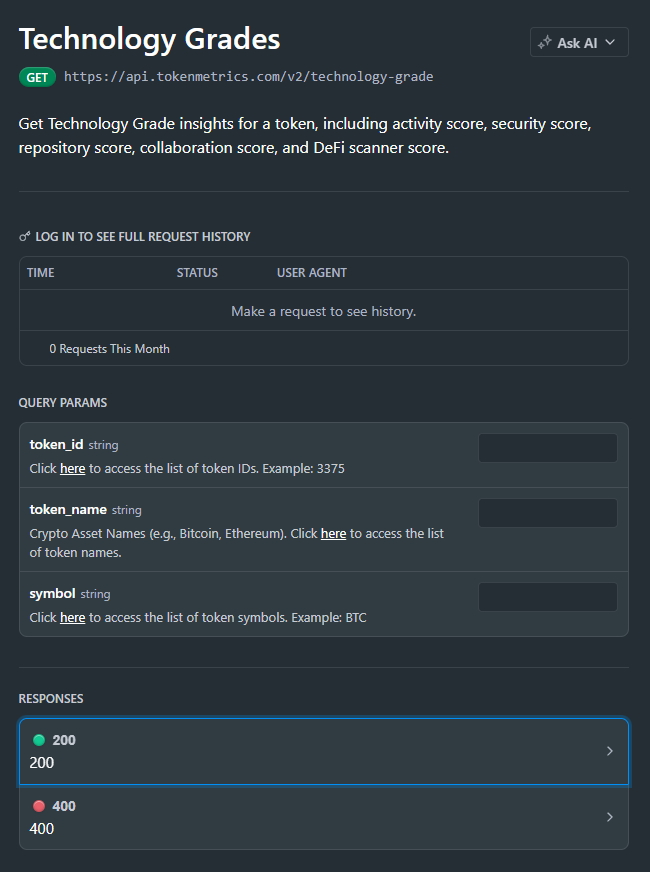




.svg)




.png)